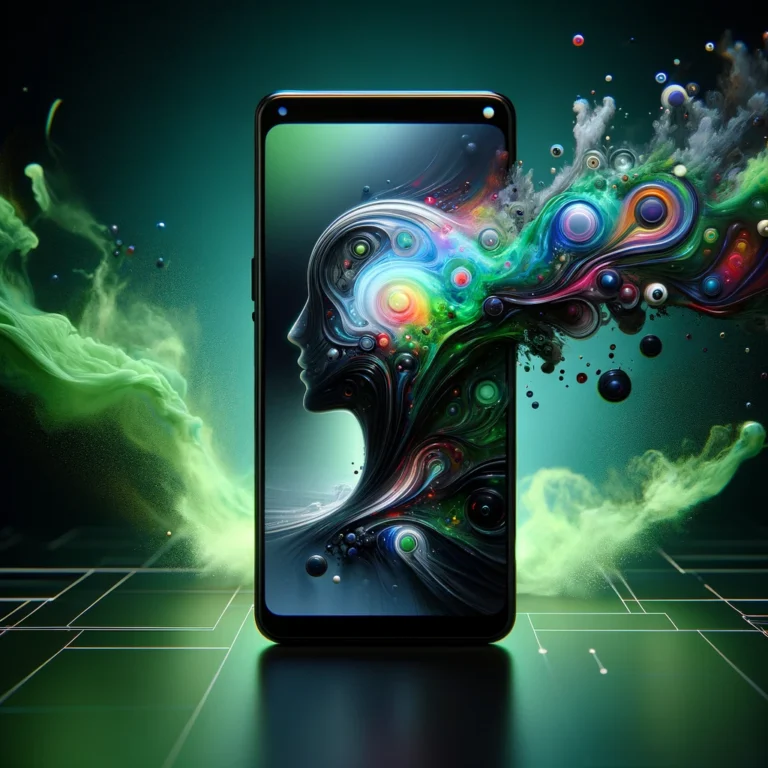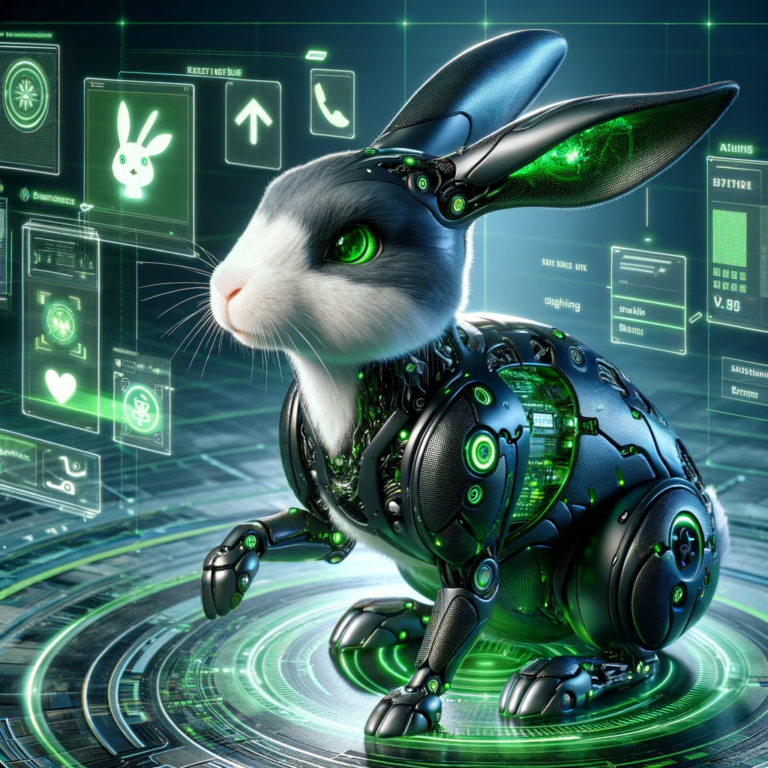Bringing ChatGPT Closer to Users through Visual and Auditory Advancements
OpenAI is bringing groundbreaking enhancements to ChatGPT, integrating image and voice capabilities, and allowing users to interact with the model in more intuitive and dynamic ways. Now, not only can users converse with ChatGPT using text, but they can also engage using images and voice, enriching the overall user experience.
1. Enhanced Interaction through Images
ChatGPT’s image functionality is crafted to assist users more visually by comprehending and interpreting uploaded images combined with text prompts. Users wishing to focus the chatbot on a specific part of an image can easily circle it using a drawing tool available for mobile users. This feature, powered by multimodal iterations of its GPT-3.5 and GPT-4 models, lets users utilize images as prompts for more information.
Example: A bicycle rider needing assistance with lowering the bike seat can receive detailed instructions by simply showing ChatGPT a photo.
2. Conversational Voice Capabilities
OpenAI has integrated new voice functionality, allowing users to engage in back-and-forth conversations with ChatGPT. This revolutionary feature surpasses the capabilities of conventional AI assistants, enabling more coherent and natural interactions. It utilizes an advanced, unnamed text-to-speech model, rendering human-like audio from text and minimal sample speech.
Example: Users can seamlessly receive recipe ideas or enjoy bedtime stories in human-like audio.
3. Voice and Image Options Accessibility
The upcoming features are set to be available to ChatGPT Plus and Enterprise users, with voice options being integrated on iOS and Android platforms. OpenAI is keen on extending access to developers shortly after the release, intending to make the features broadly accessible, with no specific timeline provided yet.
4. Safety and Risk Mitigation
OpenAI emphasizes the safety and responsible use of the new features. Comprehensive measures, including third-party collaborations to comprehend use cases, limitations, and transparency about model limitations, have been employed. Moreover, the features have undergone rigorous testing phases, including alpha-testing and stress-testing against various risks, ensuring user safety and reducing the occurrence of inaccuracies and extremism.
5. Collaboration with Spotify
OpenAI has collaborated with Spotify to utilize its advanced technology in powering the automatic translation of podcast content, hinting at the versatile applications of the new voice chat feature across different platforms.
Final Thoughts
OpenAI’s endeavor to amalgamate voice and image features with ChatGPT represents a monumental step in AI interaction. It not only enhances user experience but also opens up myriad possibilities for future advancements in AI technology. However, users are advised to be cautious, especially non-English users and those wishing to use the feature for high-risk use cases, keeping in mind the limitations and the continual development in accuracy and reliability.
To learn more about these upcoming features, visit https://openai.com/blog/chatgpt.
And for the latest tech updates, please visit www.rewiredgvl.com.



